The coronavirus has ushered in a lot of change over the last year. Despite initial economic fears of a global shutdown, those in the sales tech industry actually saw a lot of opportunity open up in front of them as companies were scrambling to set up remote workforces. Suddenly, those who were initially hesitant began seeing the value crystal clear as circumstances changed and industries pivoted to meet new consumer and business needs.
This surge in opportunities for SaaS sales might leave employees feeling stuck in overdrive, as if they should continue to strike while the iron’s hot. Couple this with all the transformations in the work environment and our daily lives and it can shake even your best workers. Finding ways to avoid burnout should be a top priority among workplaces today as it is not only crucial for your own individual health, but for the health of the company as well.
In most instances, you know there’s some kind of solution you could implement to help improve your day or a particular pain point. Cutting through the clutter to find what you truly need can be just as daunting a problem in itself, so you end up just tackling it all head on. Luckily, we’ve rounded up a list of apps that can help improve both your overall wellness and productivity so you can remain a sharp salesperson.
Wellness
Not only does the pandemic put people at risk for catching the virus itself, but at this point, it’s been an emotionally taxing issue for more than a year. Many people who did not sign up for remote work are coming up on a full year of isolation from their coworkers. Some people have already made the transition back to the office, or it is coming up soon, as the vaccine continues to be administered.
All this to say, finding ways to take care of yourself has become even more essential. You never know what curveball is going to come next and the stress can really take a toll on your body, which will have an impact on your productivity.
goPuff
Staying nourished and meeting your daily vitamin needs has never been so important. One of the detriments of a busy lifestyle can be a lack of time to devote to your nutrition and the wear it takes on the body over time. Pre-COVID, you might have been used to meeting up with clients or prospects during lunch, but over the last year this might have changed quite a bit.
Downloading an app like goPuff may just help you keep your edge. Not only does it come in handy when you need a midday pick-me-up, but it is a hassle-free way to get the energy and nutrients you need to make a lasting impression on a prospective client. Plus, this delivery service offers contact-free options.
It’s also helpful on those days when it feels like you’re coming down with something, but need to power through back to back meetings. When this happens, you can get over-the-counter medicine delivered so you don’t have to miss a beat. For other creative, time-saving hacks, browse through what other customers had to say in their goPuff reviews about the delivery app.
Balance the busiest of schedules, without completely sacrificing your personal needs.
FitOn
With so many people new to remote work over the last year, the internet has been abuzz with jokes regarding poor posture due to inadequate furniture to work from. But let’s face it, even a few hours in the best ergonomically designed chair still warrants some break time.
Especially for SaaS sales, you may have small windows during the day in between meetings with your manager or client calls. Getting up and taking a break to get the blood flow going again might just be the refresher your day is missing.
With FitOn, you can choose from a number of different stretching exercises that vary in time and intensity. This is perfect for choosing the best option that fits within your individual schedule and physical needs. Then at the end of the workday, you might want to consider perusing all of the other exercises they have available, from workouts designed to incorporate children to exercise plans that can be done right at home.
Headspace
Whether the pressure is on at work, or you’re feeling anxious from any number of things going on in the world today, one great way to stop and refresh yourself is to meditate. Meditation can be particularly helpful, especially now with resources available like Headspace.
Choose from their large selection of guided meditations tailored to your specific needs. It doesn’t matter if you’re new, or have been practicing this exercise for years. Their clips each have someone calmly guiding you through the process step by step.
We’ve all been there, in the middle of a frustrating quarter, and you’re finding it hard to focus or feeling irritated because leads aren’t converting. With guides surrounding focus, anger, creativity and many more, you can have a quick session to work through these moments to renew yourself and pivot your momentum. If you’re unsure if meditation is for you, consider checking out what other users had to say about their experiences using Headspace.
Talkspace
Another impactful part of our health that can interfere with performance is our mental health. Reports of anxiety and depression are reaching new highs, so if you share these concerns know you are not alone. Your mental health shouldn’t just be a priority because it is affecting how productive you are in a day, but because it is our system of coping mechanisms for taking in not only our job but everything else going on around us everyday.
With that being said, you may not have even been aware you were struggling until it started seeping into your workday. Whether or not it gets that bad, its best to try to connect with a professional. For a SaaS salesperson, you might typically find it difficult to add in a commute or a non-work appointment with a counselor to address these concerns of yours. Luckily, with an app like Talkspace, you can have 24/7 access when you need it, and eliminate an extraneous commute altogether.
Talkspace is covered for many by their insurance provider or as part of their company’s employee assistance programs (EAP). Check out your own eligibility to get started on your mental health journey.
Productivity
Once your mind and body are well cared for you can get into the nitty gritty of your individual workflow. As a SaaS sales professional, you’ll need to be keeping tabs on the burgeoning tech trends and also be able to converse with business professionals speaking to some of their more general business interests. Here’s our roundup to fine-tune your productivity.
Evernote
Spend a day in the life of a SaaS salesperson, and you’re sure to want something to help keep your thoughts organized. Each meeting has a different string of thoughts. Being prepared for a meeting with your manager is quite different than a meeting with a prospective client, not to mention how different your clients might be from one another.
With an app like Evernote you can sync your project and meeting notes across your devices. You also have the capability to add in photos or pertinent documents. Or maybe you want to record the meeting so you are actively engaged in the conversation without the distraction of note-taking. You can add the audio file right to your meeting notes and go back through later to jot down any highlights you may want to circle back to.
There are various note templates available to get you started that can keep even the most scattered of note takers end up with an organized record for each meeting, project, or client.
Working in tech sales means keeping tabs on the industry as a whole. When a prospect asks how your product will fit into their established workflow, you’ll need to be able to speak to how it will improve, supplement, integrate or replace any number of their existing systems.
Staying informed is essential to your on-going success. Every tidbit you pick up is preparation for getting that lead all the way through your sales funnel. While we certainly don’t live in a time with a shortage of information or information sharing, this usually just makes finding the most pertinent resources difficult.
With an app like Flipboard you can cut through irrelevant news to create your very own curated feed of tech and software updates and insights. Not only can you get this customized news, but you can browse through flipboards when brushing up on other industries. Looking for talking points for a prospective sale? Check Flipboard to see if anything of relevance is up and coming in their field and connect it back to your software’s capabilities.
SmartUp
Taking a step back from the tech and software specifics, another great tool at a salesperson’s disposal is being able to touch on the value of the product to their more general business interests. It’s also likely that as a salesperson, you’ll come across young businesses, start-ups, or companies that started out as such. Being familiar with venture capital could really step up your pitch.
With SmartUp, you can dive into the knowledge sharing space and either build upon your business wits or start totally from scratch. This app gives you access to learning communities of your choice where you can share what you learn, ask questions, and make yourself a stronger overall salesperson.
Final Words
As any good sales professional knows, having the ability to be flexible and make the most of opportunities is absolutely essential to your day to day and long term success. However, investing in yourself is also crucial to that success. Being your most productive and valuable self comes from a place of balance and setting aside time to make your health a priority and leaving time for personal development.


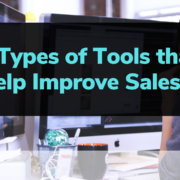





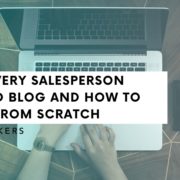



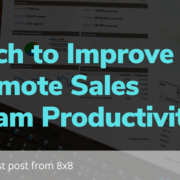







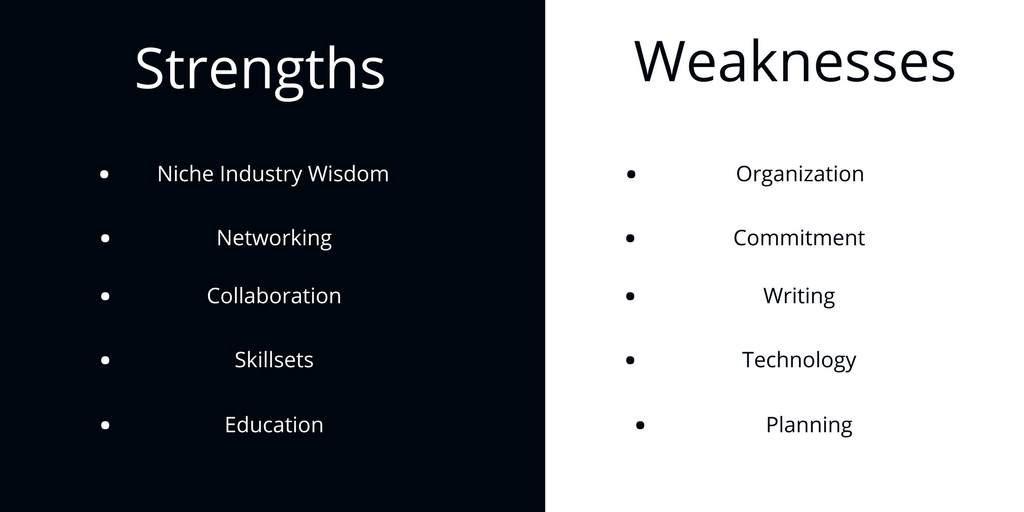
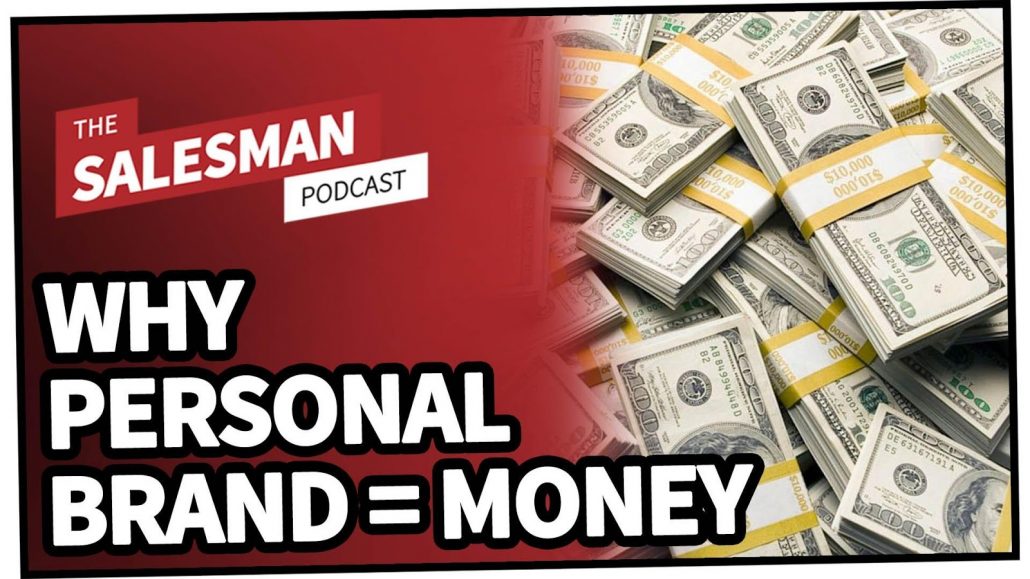
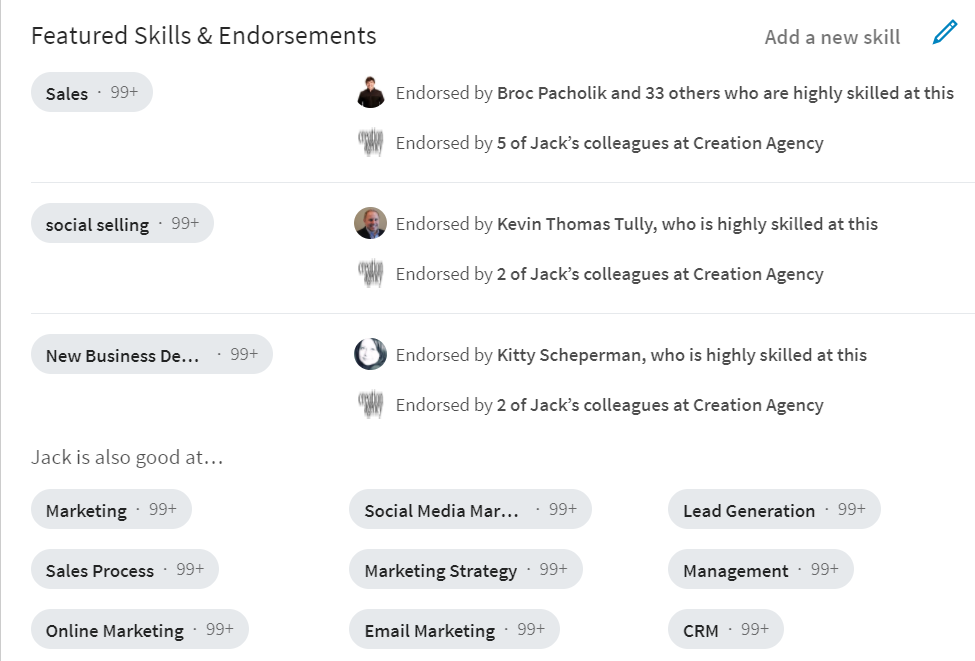
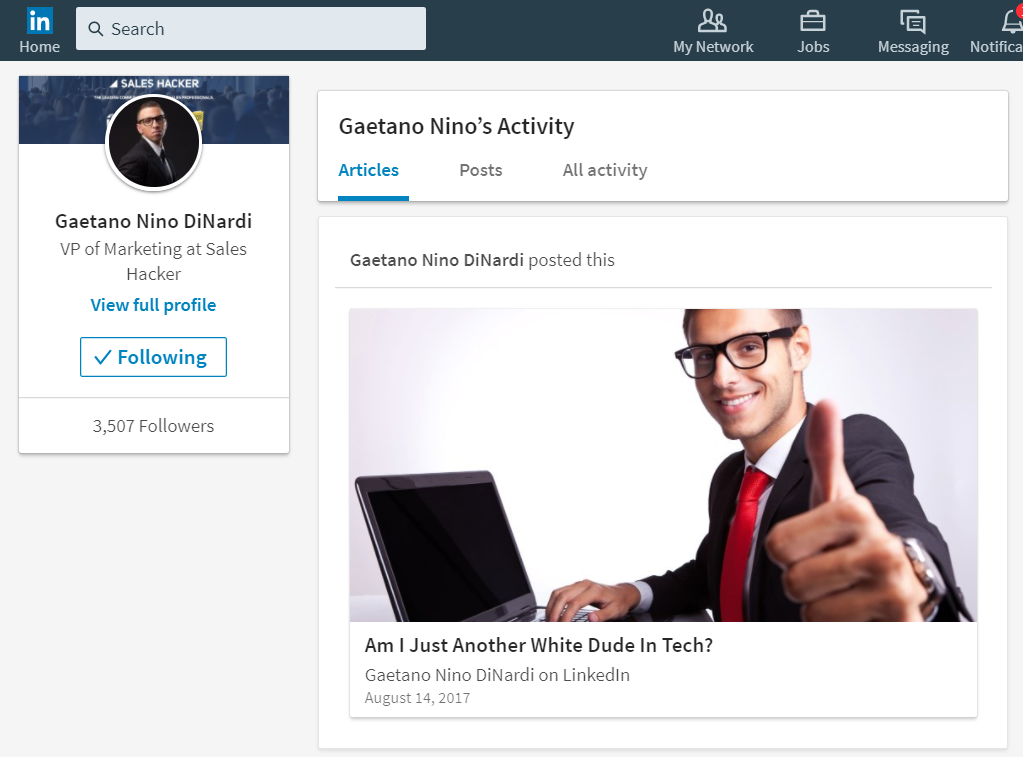

 Start by revamping your wardrobe and style. If you’re a young professional,
there’s no better time to get new, career-savvy clothes that fit the persona
you want your brand to convey. A guaranteed way to look more professional is to
own well-fitted clothing. Baggy or long clothing can appear sloppy and
careless, so buy suits, dresses, or blazers that provide the perfect fit. Next,
invest in custom tailor pieces that elevate your look beyond ready-to-wear
clothes. This way, you can choose styles and colors that show off your
personality while still looking professional. Nowadays, you don’t have to leave
your house to get tailored. Places like iTailor make the process easy and
stress-free right from your computer. Then, be sure that your hairstyle matches your look for your new career.
Your hair should always be brushed, tangle-free, and neatly styled. If you have
long hair, consider pulling it back and out of your face for a clean look. For
men specifically, it’s best to keep a clean-shaven face or a well-groomed beard
ahead of an interview or your first day on the job. To achieve this look,
always use a new razor blade and high-quality products to avoid any noticeable
irritation or cuts that can cause a distraction from the rest of your
professional look. Speaking of online ease, all of your necessities can be
found in one place at Harry’s. You can order as often as you please or sign up
for a subscription that guarantees delivery at a predetermined timeline that
works for you. Remember, it’s good practice to dress for the job you want. Once settled
into your job, you may need to adjust your look slightly to fit with your
fellow salespeople and company dress code standards. However, you can take it a
step further by looking at those you admire at work and mimicking their dress,
like adding a nice watch or wearing a tie every day. Contrarily, you may be
able to alter your style with a more personalized touch, like showing off your
tattoos or having a longer beard, once you know what looks are appropriate at
your company. When you look good on the outside, you’re bound to feel good on the inside,
and to be successful in sales; it’s crucial to be friendly and outgoing, which
is easier when you feel confident.
Start by revamping your wardrobe and style. If you’re a young professional,
there’s no better time to get new, career-savvy clothes that fit the persona
you want your brand to convey. A guaranteed way to look more professional is to
own well-fitted clothing. Baggy or long clothing can appear sloppy and
careless, so buy suits, dresses, or blazers that provide the perfect fit. Next,
invest in custom tailor pieces that elevate your look beyond ready-to-wear
clothes. This way, you can choose styles and colors that show off your
personality while still looking professional. Nowadays, you don’t have to leave
your house to get tailored. Places like iTailor make the process easy and
stress-free right from your computer. Then, be sure that your hairstyle matches your look for your new career.
Your hair should always be brushed, tangle-free, and neatly styled. If you have
long hair, consider pulling it back and out of your face for a clean look. For
men specifically, it’s best to keep a clean-shaven face or a well-groomed beard
ahead of an interview or your first day on the job. To achieve this look,
always use a new razor blade and high-quality products to avoid any noticeable
irritation or cuts that can cause a distraction from the rest of your
professional look. Speaking of online ease, all of your necessities can be
found in one place at Harry’s. You can order as often as you please or sign up
for a subscription that guarantees delivery at a predetermined timeline that
works for you. Remember, it’s good practice to dress for the job you want. Once settled
into your job, you may need to adjust your look slightly to fit with your
fellow salespeople and company dress code standards. However, you can take it a
step further by looking at those you admire at work and mimicking their dress,
like adding a nice watch or wearing a tie every day. Contrarily, you may be
able to alter your style with a more personalized touch, like showing off your
tattoos or having a longer beard, once you know what looks are appropriate at
your company. When you look good on the outside, you’re bound to feel good on the inside,
and to be successful in sales; it’s crucial to be friendly and outgoing, which
is easier when you feel confident.  As time goes on, the most challenging thing about sales can be keeping your
personal brand up-to-date. This can be anything from your style and language to
utilizing your company to gain knowledge. Using your employer and coworkers to
live your company’s brand will always help you sell successfully. From the
online blog to sales analytics, the more knowledge you can gain to become an
expert in the sales field will only ever help your career. Being in sales, you
are the first look into your company from the outside, so being confident in
yourself and aware of your company’s brand are two small things that will
always help you stand out. Remember, sales is a constantly changing, so it can be difficult to brand
yourself to stand out. With these tips on establishing your personal brand and
living your company’s brand, you are sure to keep up with the salesforce
regardless if you’re a seasoned salesperson or new on the market. To further
your knowledge of sales, sign up to be a
As time goes on, the most challenging thing about sales can be keeping your
personal brand up-to-date. This can be anything from your style and language to
utilizing your company to gain knowledge. Using your employer and coworkers to
live your company’s brand will always help you sell successfully. From the
online blog to sales analytics, the more knowledge you can gain to become an
expert in the sales field will only ever help your career. Being in sales, you
are the first look into your company from the outside, so being confident in
yourself and aware of your company’s brand are two small things that will
always help you stand out. Remember, sales is a constantly changing, so it can be difficult to brand
yourself to stand out. With these tips on establishing your personal brand and
living your company’s brand, you are sure to keep up with the salesforce
regardless if you’re a seasoned salesperson or new on the market. To further
your knowledge of sales, sign up to be a